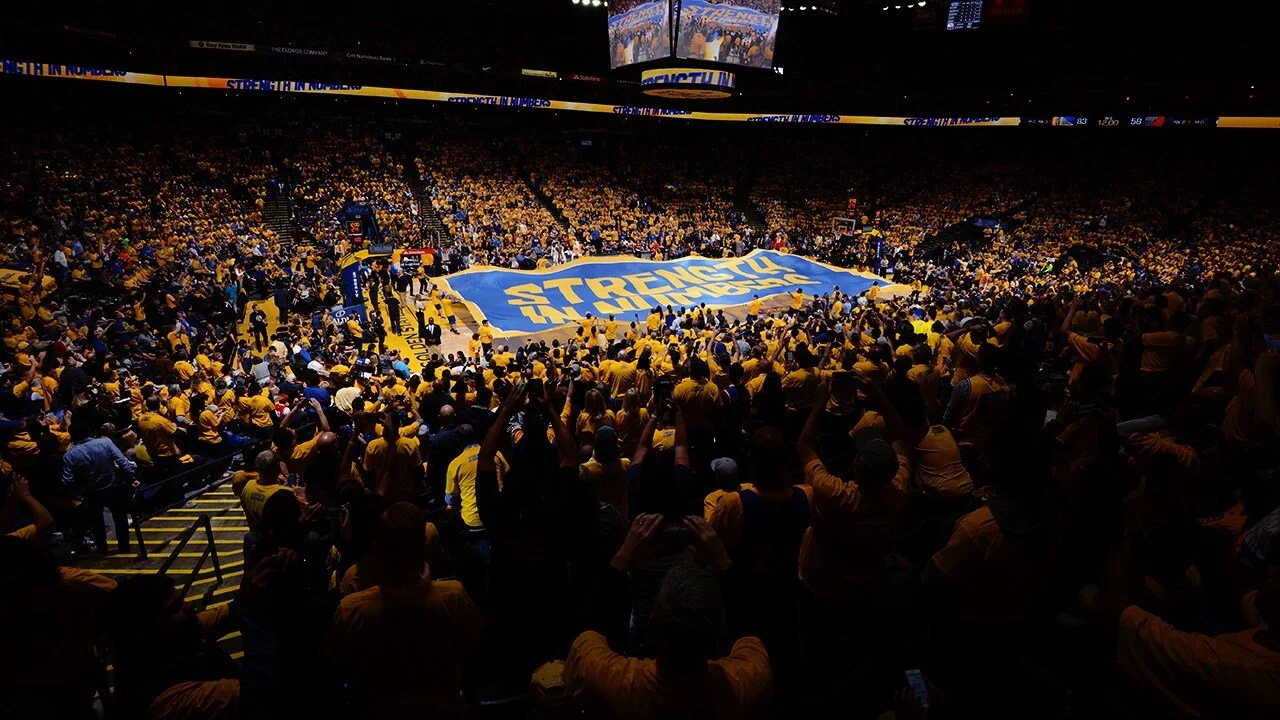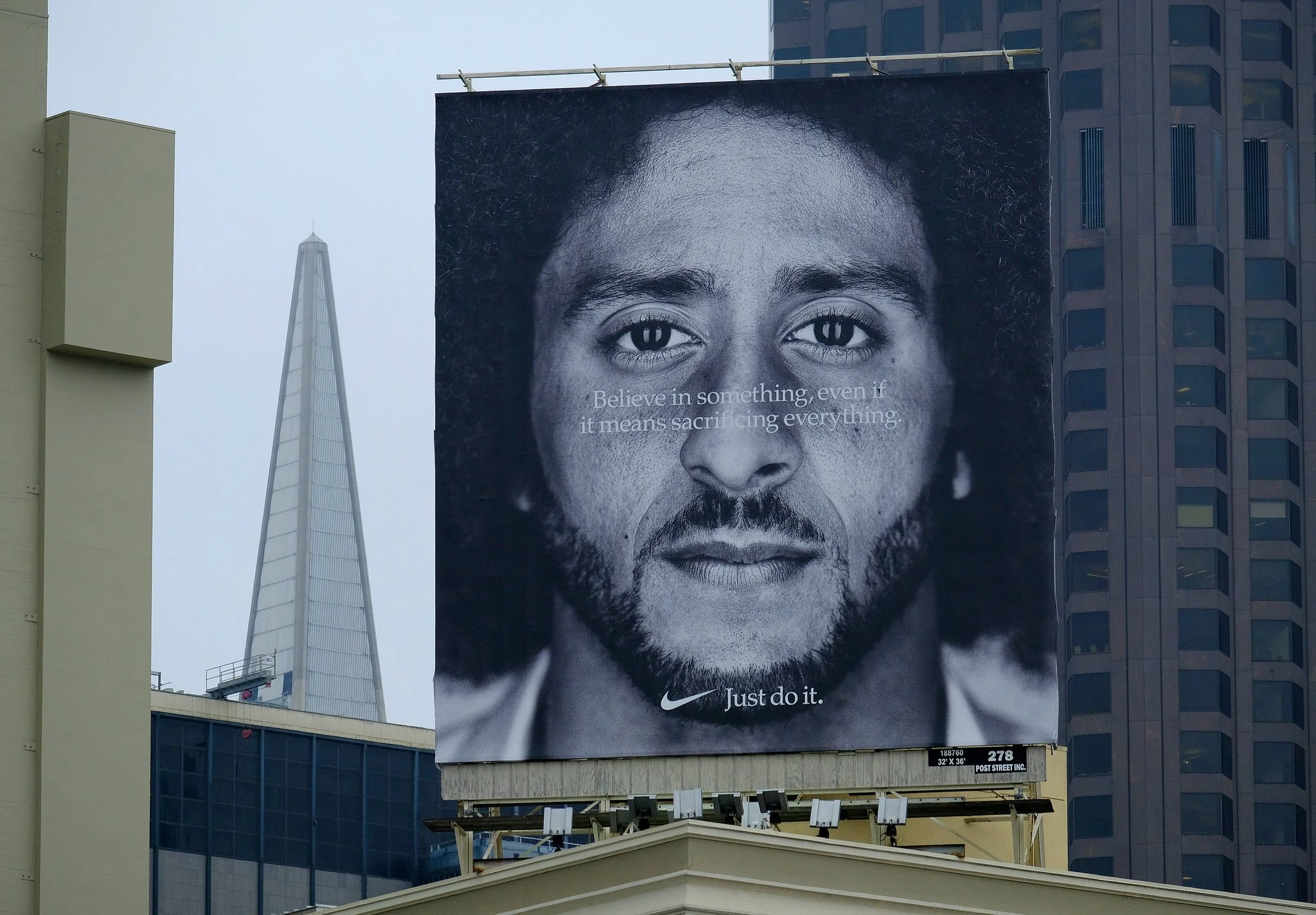Monetizing Passion
Strategic Approaches to Amplifying Fan Engagement and Loyalty in Sports
The Evolution of Fan Engagement
The journey of sports engagement has been transformative, evolving from the days of passive radio broadcasts to today’s immersive digital experiences. Initially, fans consumed the content passively, with limited interaction with their favorite teams and athletes. The Television brought the action closer, yet the engagement remained largely uni-directional.
However, the digital revolution transformed the landscape entirely. The internet, social media platforms, and advanced technology have now enabled fans not just to watch but to participate, interact, and advocate for their beloved brands in real time.
Fans are no longer just audiences; they are integral parts of the brand ecosystem, influencing trends, creating content, and expanding the reach of their favorite teams through social media and other digital platforms. There is a significant shift in the sports industry where passive viewers are being transformed into active participants and brand advocates. Engaged fans are more likely to attend events, purchase merchandise, subscribe to services, and promote the brand within their networks, thereby amplifying brand visibility and driving revenue streams.
The evolution of fan engagement is a testament to the power of community and connectivity in shaping the future of sports.
The Economics of Fan Engagement
One of the most direct reflections of fan engagement is seen in merchandise sales. Engaged fans are more likely to purchase branded merchandise as a symbol of their loyalty and support. When the Chicago Cubs, an MLB team, won the World Series in 2016, ending a 108-year championship drought, the surge in fan engagement led to record-breaking merchandise sales. “So much Cubs World Series championship gear was sold in the first 15 hours after the team won its first title in 108 years that postgame merchandise records are already being shattered.” according to Darren Rovell of ESPN. Fans worldwide wanted to own a piece of history, creating unprecedented demand for Cubs apparel.
Media rights deals are another significant stream that can be increased by effective fan engagement. Broadcasters are willing to pay premium prices for the rights to air games and events with high engagement levels because they attract larger audiences. For instance, the NFL’s media rights deals, renewed in 2021, are worth over $100 billion over 11 years, showing the league’s successful fan engagement strategies and the high demand among networks and streaming services to reach those engaged audiences.
Building Brand Loyalty Through Emotional Connections
Fans often incorporate their affiliation with a brand or team into their identity. This process is known as Social Identity Theory, which suggests that individuals derive a sense of self from group memberships. Humans have an innate need to belong, so fan communities provide individuals with that feeling of belongingness. Sports fans display their allegiances in unique ways. An Arsenal fan named his daughter Lanesra, his team's name spelled backward. When fans invest emotionally, they commit not just their time and resources but also their hopes, derams, and as seen in this example, their sense of self.
To leverage the power of emotional connections in building brand loyalty, sports entities must employ strategies that foster meaningful interactions and experiences. Emotional storytelling is a powerful tool for connecting with fans on a personal level. Sharig the stories of athletes, artists, or behind-the-brand narratives that highlights specifically, struggles, triumphs, and moments of human connection can resonate deeply with fans.
Another way that brands can drive interaction and loyalty is through personalization. Tailoring communications, offers, and experiences to individual preferences demonstrates that the brand recognizes and appreciates each fa’s unique relationship with it. This could include personalized messages from favorite athletes or artists or customized merchandise. A great example of this is Spotify. The popular music streaming platform has incorporated personalized video messages from thousands of artists thanking their fans for tuning into their music as part of their yearly music wrap. This level of personalization goes a long way in building a loyal fan base.
Offering fans exclusive experiences they cannot get elsewhere depends on emotional investment. This includes behind-the-scenes access, meet-and-greets, VIP events, and early access to tickets or content, making fans feel like insiders.
Leveraging Social Media for Viral Content Spread
Social media platforms are structured to facilitate the rapid spread of content. Featurs such as shares, retweets, and resposts allow content to move beyond the immediate circle of followers to reach a broader audience. There are several tactics that brands can employ to leverage this.
Tailoring content to the unique characteristics of different social media platforms. What works on Instagram may not work on Twitter. Encouraging user interaction is essential as well. Hosting live Q&A sessions, polls, and challenges can boost engagement rates. Another way to create buzz especially in Gen Z is to partner with influencers who resonate with the target audience. Their endorsement can lend credibility and reach a new customer base through this third party.
In 2018, Nike released an advert, ‘Dream Crazy’ featuring Colin Kapernick, former San Francisco 49ers quarterback. Kaepernick became a controversial figure for taking aknee during the national anthem to protest racial injustice in the United States. The campaign had the tagline “Believe in something. Even if it means sacrificing everything,” a nod to Kaepernick’s personal sacrifices for his beliefs. The campaign immediately went viral and promoted some to call for boycotts against Nike, while others praised the company for its stance. President Trump, a vocal critic of players kneeling during the anthem, weighted in on Nike’s endorsement deal questioning the company’s decision. He tweeted on X, “What was Nike thinking?”. Despite the initial backlash, the campaign’s viral nature worked in Nike’s favor. Contrary to concerns that the campaign might hurt Nike’s business, according to Bloomberg, the company saw a 31% increase in sales following the campaign launch and generated an estimated $43 million in media exposure within the first 24 hours. Nike’s strategic move amplified its brand exposure, reinforcing its position as a brand that supports social and racial justice, and resonated deeply with younger demographics, leading to significant fan base growth.
Innovative Monetization Strategies
The sports industry is uniquely positioned to capitalize on deep fan engagement through innovative business models and monetization strategies. As fans seek closer connections with their favorite teams and athletes, organizations can leverage this engagement to create new revenue streams.
Exclusive memberships offer fans premium access to content, experiences, and features unavailable to the general public. These memberships can include benefits such as early ticket access, member-only events, and direct interactions with athletes. An example of this strategy is the Manchester United Membership, which offers priority access to match tickets, exclusive content, and discounts on merchandise.
Immersive fan experiences leverage technology to bring fans closer to the action, creating memories and connections that last a lifetime. Virtual reality (VR) experiences, for instance, can transport fans to live games from the comfort of their homes. Similarly, augmented reality (AR) apps can enhance live events with interactive features, stats, and graphics overlayed in the real-world environment. The NBA has experimented with broadcasting games in VR, offering a courtside experience to fans worldwide.
The rise of blockchain technology has introduced a novel way to monetize fan engagement through digital collectibles and NFTs (Non-Fugible Tokens). These digital assets can represent anything from digital trading cards to exclusive video highlights owned uniquely by the fan. The NBA’s Top Shot platform has successfully capitalized on this trend, allowing fans to buy, sell, and trade officially licensed NBA collectible highlights.
Conclusion
The evolution of fan engagement represents a paradigm shift in the sports industry, highlighting the transition from passive consumption to active participation. Successful engagement and monetization strategies hinge on understanding and leveraging the emotional connections fans have with brands. By embracing innovation - be it through social media, technology, or personalized experiences - organizations can unlock value, foster loyalty, and drive growth. As we look to the future, the industry will continue to innovate, finding new ways to monetize passion and amplify fan engagement, thereby ensuring the enduring success and relevance of sports in an increasingly digital world.


